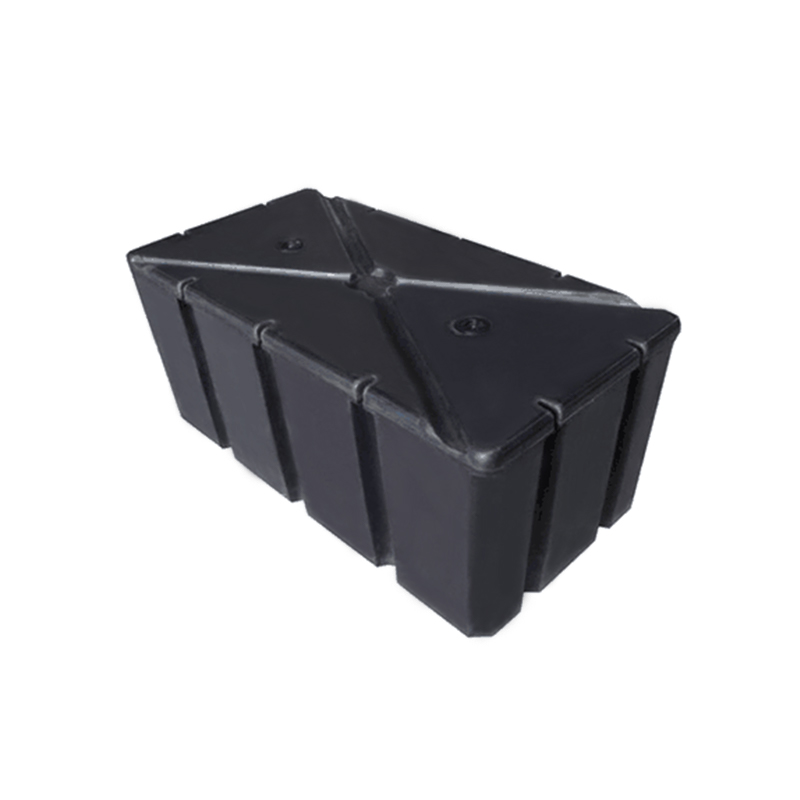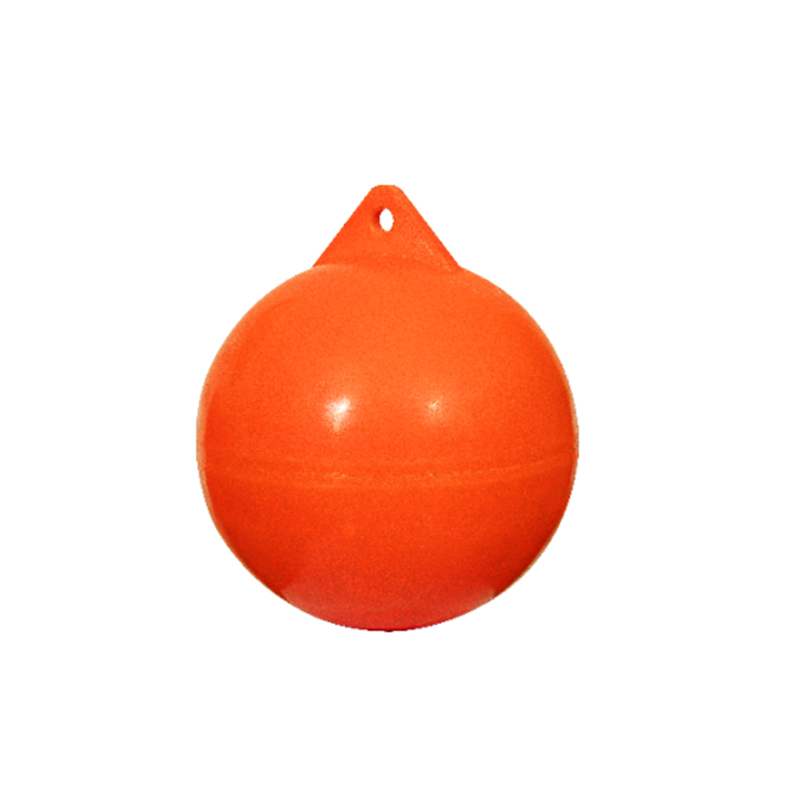Why is rotomolding LLDPE the preferred method for manufacturing RV freshwater tanks?
1. Durability and Impact Resistance:
Rotomolding LLDPE RV Fresh Water Tank is highly regarded for its exceptional durability and impact resistance, which are crucial for the demanding conditions RV freshwater tanks are subjected to. The rotomolding process involves heating LLDPE resin in a mold and rotating it in multiple axes, creating a seamless and uniform coating that results in a tank with no weak points or seams. This manufacturing method produces a tank that is resistant to cracking, punctures, and other forms of physical damage. The inherent properties of LLDPE also contribute to its durability. Unlike other materials that may become brittle over time or under stress, LLDPE remains flexible and resilient, absorbing impacts rather than breaking. This makes rotomolded LLDPE tanks highly reliable for RV use, where they are frequently exposed to rough handling, vibrations, and potential collisions. Additionally, the seamless construction minimizes the risk of leaks and structural failures, ensuring a long-lasting and dependable water storage solution.
2. Uniform Thickness and Strength:
One of the key advantages of the rotomolding process is its ability to produce tanks with consistent wall thickness. During rotomolding, the mold rotates in multiple axes while the LLDPE resin is heated, allowing the material to evenly coat the interior of the mold. This results in a tank with uniform thickness throughout its entire surface, which is essential for maintaining structural integrity and strength. Consistent wall thickness helps distribute stress evenly across the tank, reducing the likelihood of weak spots that could lead to leaks or failures under pressure. This uniformity is particularly important for RV freshwater tanks, which need to withstand the pressures of water storage and transportation. By ensuring that every part of the tank has the same thickness, rotomolding enhances the tank's overall durability and performance, making it a reliable choice for users who need a strong and resilient water storage solution.
3. Resistance to Environmental Conditions:
LLDPE's resistance to environmental factors is another significant benefit of using rotomolded tanks for RV freshwater storage. LLDPE is known for its excellent resistance to UV radiation, which helps prevent degradation and brittleness when exposed to sunlight. This UV resistance ensures that the tank maintains its structural integrity and performance over time, even when it is exposed to direct sunlight. Additionally, LLDPE can withstand a wide range of temperatures, from freezing cold to intense heat, without losing its flexibility or becoming damaged. This temperature resilience is crucial for RV freshwater tanks, which may be subjected to varying weather conditions during travel and storage. The material's resistance to moisture also prevents issues such as mold growth and corrosion, ensuring that the tank remains clean and safe for storing potable water. Overall, LLDPE's environmental resistance enhances the tank's longevity and reliability in diverse conditions.
4. Design Flexibility:
Rotomolding offers unparalleled design flexibility, allowing for the creation of freshwater tanks with various shapes and sizes to fit specific spaces within an RV. The rotomolding process involves rotating the mold in multiple axes, which enables the production of complex and custom shapes that might be difficult or impossible to achieve with other manufacturing methods. This design flexibility is advantageous for RV manufacturers and users who need tanks that fit unique or constrained spaces within their vehicles. Rotomolded tanks can also incorporate features directly into the design, such as built-in mounting points, baffles, or fittings, which enhance the functionality and ease of installation. This customization capability ensures that the tanks can be tailored to meet the specific needs and requirements of different RV models, optimizing space utilization and improving overall user convenience.
5. Cost-Effectiveness:
Rotomolding is a cost-effective manufacturing method, particularly beneficial for medium to large production runs of RV freshwater tanks. The initial tooling costs for rotomolding are relatively low compared to other methods such as blow molding or injection molding. This makes it an economical choice for producing tanks, especially when custom designs or large quantities are required. Additionally, the rotomolding process is highly efficient in terms of material usage. The entire surface of the mold is utilized, and any excess material can be easily recycled, reducing waste and further lowering costs. The ability to produce durable and high-quality tanks without the need for complex or expensive tooling contributes to the overall cost-effectiveness of rotomolding. This affordability, combined with the durability and performance of the final product, makes rotomolded LLDPE tanks a practical and economically viable option for RV users and manufacturers.


 English
English عربى
عربى




















